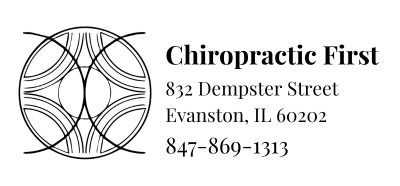
The Polarity of the Holidays
A breathing exercise to help with a season of stress and joy
The holiday season is filled with dichotomies. We are excited by the wonder and beauty of the freshly fallen snow (or hopefully we will be soon). And we are challenged by shoveling and driving in the snow. We enjoy the opportunity to spend time with our family. And we find difficulties in spending time with our family. Recognizing these dualities is the first and most important step in easing the stress of the season. Here is an exercise to help: 1) Overlap your hands, so that the palm of one is laid on top of the back of the other. 2) Put your hands on your upper chest, just below your collarbone. Take a deep breath in through your nose and out through your mouth. Focus on just breathing into the area where your hands are. Notice how it feels to breathe into this part of your body. 3) Move your hands down so that they are just below your belly button. Breathe into this area. Notice how it feels to breathe here. (If it is too difficult to breathe into your lower abdomen, try breathing into the area closer to where your stomach meets your ribs.) 4) Put your hands back on your upper chest and take a deep breath. Alternate taking a slow deep breath there and then into your abdomen. As you are breathing, say out loud: “I have different parts. I have different rhythms.” 5) Notice the difference in these two parts of your body. Notice the same sensation (relaxation, pain, etc) is not equally present in both. In which area is the sensation stronger? For example: Is the sense of peace you feel when you breathe into your upper chest stronger that the sense of peace you feel in your abdomen? 6) Put your hands at the position that has a stronger feeling and say: “This rhythm is stronger.” Put your hands on the position that feels less powerful and say: “This rhythm is weaker.” Repeat three times. 7) Alternate between the two parts of your body, saying “I have parts that I like and parts that I don’t like. I have parts that are great and parts that are challenging. But they are all me.” Repeat. 8) Notice how it feels to connect and be present with the different parts of your body. Notice how feelings change simply by accepting them. Just by being aware of the good and the bad feelings, you may have a stronger ability to get less hung up on the bad feelings.




No comments yet.